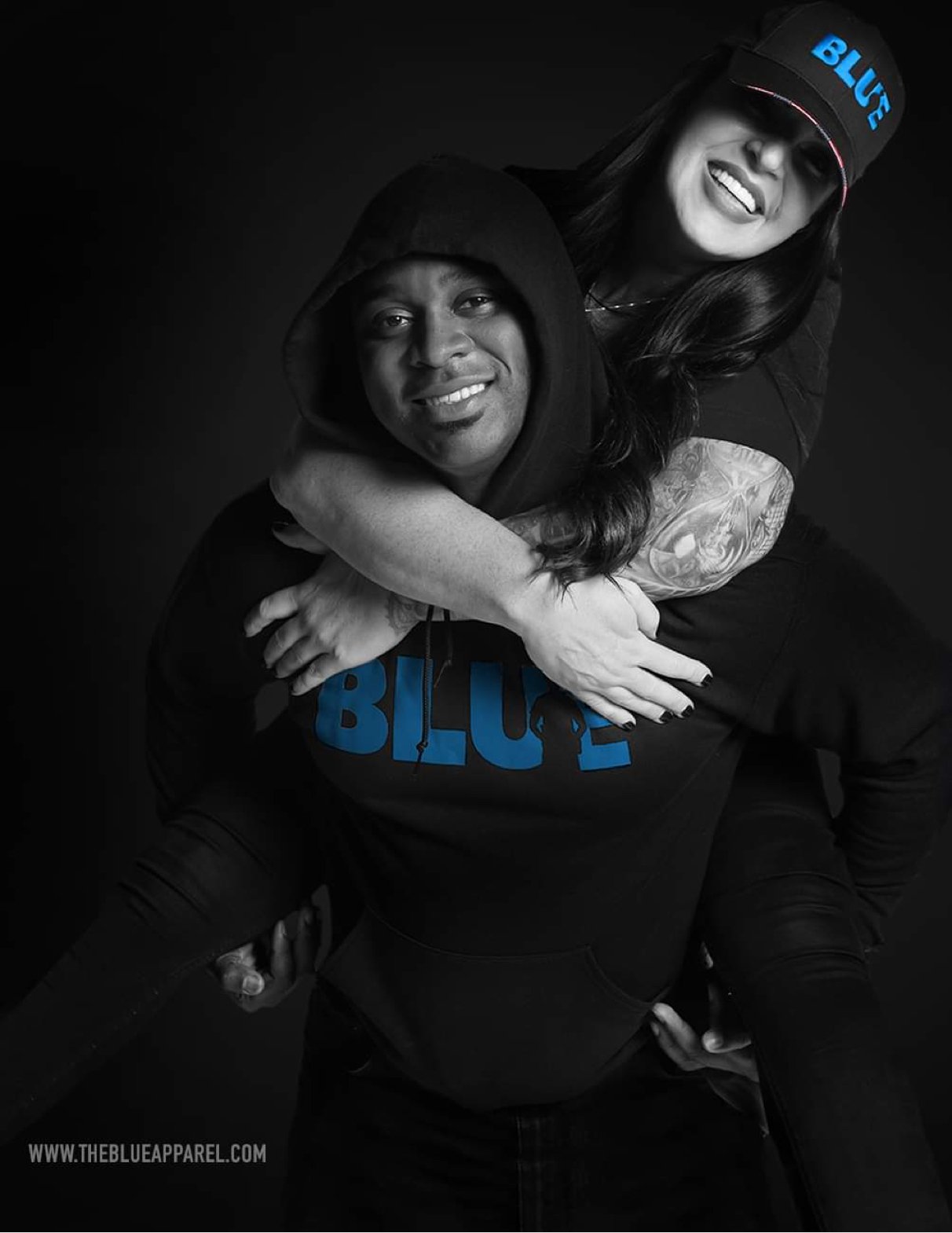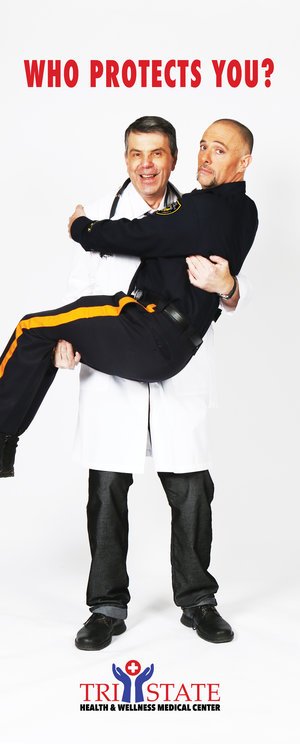Citizen of the Year: Jonathan Smith
By George Beck, Joel E. Gordon, Joe Uliano and Eddie Vega
The first burst sounded like the slow steady pops of a strip of firecrackers, perhaps special effects from the stage a few feet away where country music star Jason Aldean was performing. If not that then the fireworks that were common above the skies of the Las Vegas Strip, but the sky was dark so it was not that. Then, as the music continued to play, a longer and faster burst. Then the music stopped and Aldean ran from the stage. That’s when Jonathan Smith, 30, an aspiring police officer from California, realized that what he had heard was automatic gunfire and that he and the over 20,000 concertgoers around him were targets.
He realized something else because he had a sense of place. Before he entered the grounds he had mapped out in his head the area in relation to the streets outside, Mandalay and Reno. This was something he regularly did in the greater Los Angeles area as he drove from city to city servicing copy machines, many of them in police stations. Now as the bullets hit the stage, speakers and sound booth, ricocheting off poles and the ground, Aldean and the security guards fled the stage, and the lights went out.
As some cowered under the stage, and one hid in a standing fridge, directly in front of Smith in half-shadow, a woman in a white dress was shot in the head, her body stiff as it hit the ground. Like her, many others died where they stood. By now he knew the gunfire was coming from the direction of Mandalay Drive. Although the shooter, Stephen Paddock, 64, of Mesquite, Nevada, was on the 32nd floor of the Mandalay Bay Resort and Casino hotel, where he would fire over 1,100 rounds, Smith believed, as many there did, that the shooter was firing at ground level from the Strip.
But whether high up or down low, to flee that way was to court death. Safety lay away from there, in the direction of Reno. He sprang to action and redirected concertgoers, some stampeding, some standing in fear, and some who were huddled behind a sheriff’s patrol car at the edge of the concert lawn, away from Mandalay and toward Reno shouting, “Active shooter, active shooter, let’s go! We have to run.” Because of the darkness, they latched on to his belt and formed a quick-moving human centipede; otherwise, he steered disoriented groups or carried wounded individuals with help, over a fence to safety and returned to save more.
As two men carrying a woman shot in the face, her cheeks red and swollen, rushed past him, he saw two young girls who had tried to take cover but were still exposed to the line of fire. To get the girls’ attention and urge them to lie flat on the ground, Smith rose to his full height. That’s when he felt a burning sensation followed by a wetness spreading down his T-shirt and pants. A bullet had struck him in the pocket between his neck and shoulder, fracturing his collarbone, cracking a rib, bruising a lung, and causing massive bleeding.
The hero who saved 30 lives, one for each of his years, was down and it would take another hero to get him out of there. Enter vacationing San Diego police officer Tommy McGrath, 26, dressed in a faded purple T-shirt, swim trunks, and flip flops.
McGrath tore off Smith’s white T-shirt, formed a ball with it. “This is going to hurt,” he told him, before shoving the ball into the wound with two fingers. The bullet had obliterated many nerve endings, but not enough. The pain was intense.
There were many others in similar need. For those with leg or arm wounds, he turned shirts into tourniquets and turned them with a stick he found nearby until the victims shrieked in pain, a sign that the pressure was about right. There were some wounds though that no ball or tourniquet could help.
He returned to Smith, gathering him with two young women who had also been shot, and flagged down a red pickup truck. He loaded them onto the flatbed and told the driver to seek assistance. The women had limb wounds and were in such shrieking panic that there was little doubt they would live. Smith, however, was gravely subdued and going in and out of consciousness. As the truck sped off, McGrath chalked him off as one of that night’s many DOAs.
Smith lived. He passed quickly through the emergency room, triage, and settled into the trauma center. While there he lent his cellphone to other victims of the shooting even as the battery was down to two bars of life. He had made the calls he had needed to make, the farewells to family and friends, and one selfie to a doubting Instagram friend of the gaping wound.
The bullet remains where it lodged. Surgeons are hesitant to remove it because of its proximity to an artery. The risks outweigh the potential benefits. In time, the body might reject the bullet naturally or form a seal around it so it does not shift or enter the bloodstream. The entry area shows a bumpy discoloration but no scarring. In the meantime, he cannot lift his arm above his shoulder without burning pain. And he feels pin-prick phantom pain in the immediate area of the wound where the nerves were severed if not outright liquefied.
While not undergoing rehab and managing pain, he studies for the entrance exams of several South California police departments, including that of his hometown Buena Park, and the California Highway Patrol. He hopes to follow the public service model of the man who saved his life, Tommy McGrath, during what would become the worst mass shooting in modern U.S. history. The final count: 59 dead, including the shooter (who shot himself), 546 wounded, over 15 lawsuits filed against the hotel, where the shooter had set up his sniper nest, and Live Nation, the concert’s organizer.
There is another count, a small number to be sure, but one that in the larger human scheme is no less important: When Jonathan Smith and Tommy McGrath reconnected after the shooting, each had found a new brother in the other.







